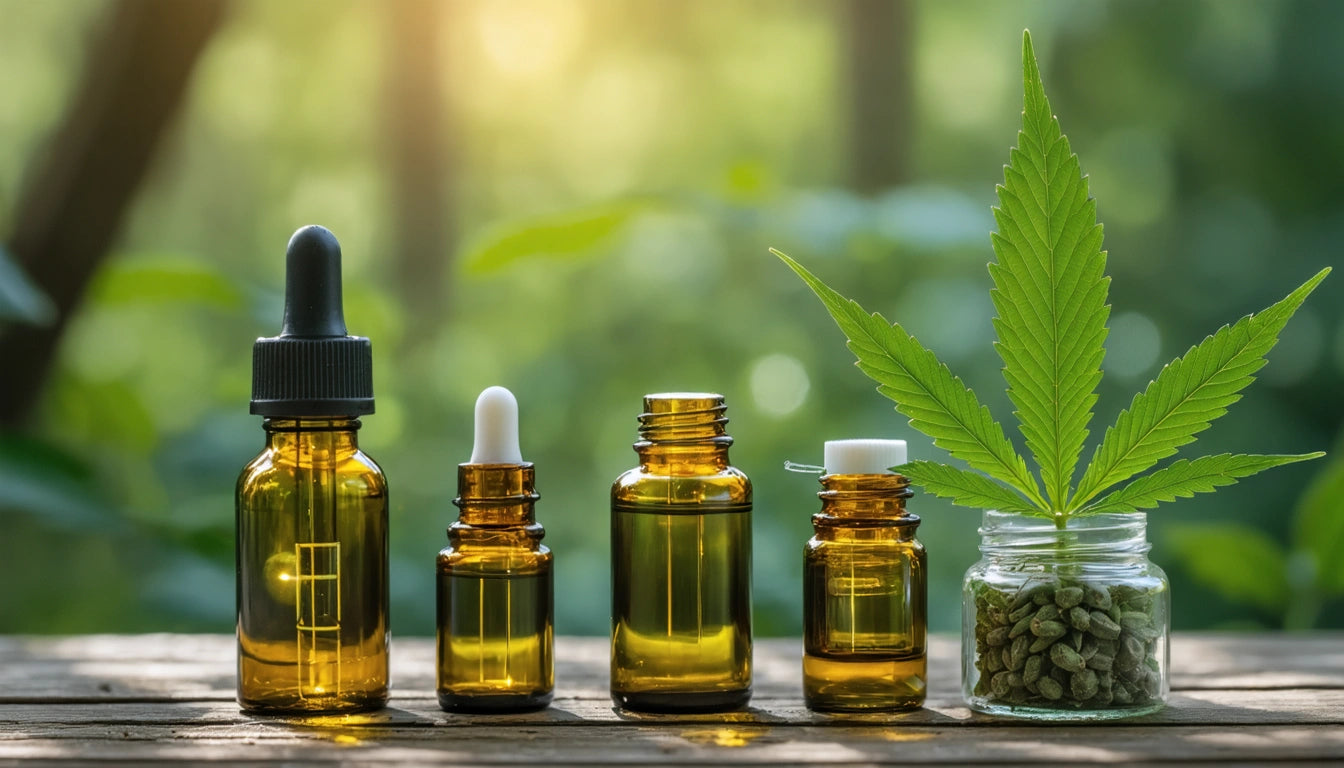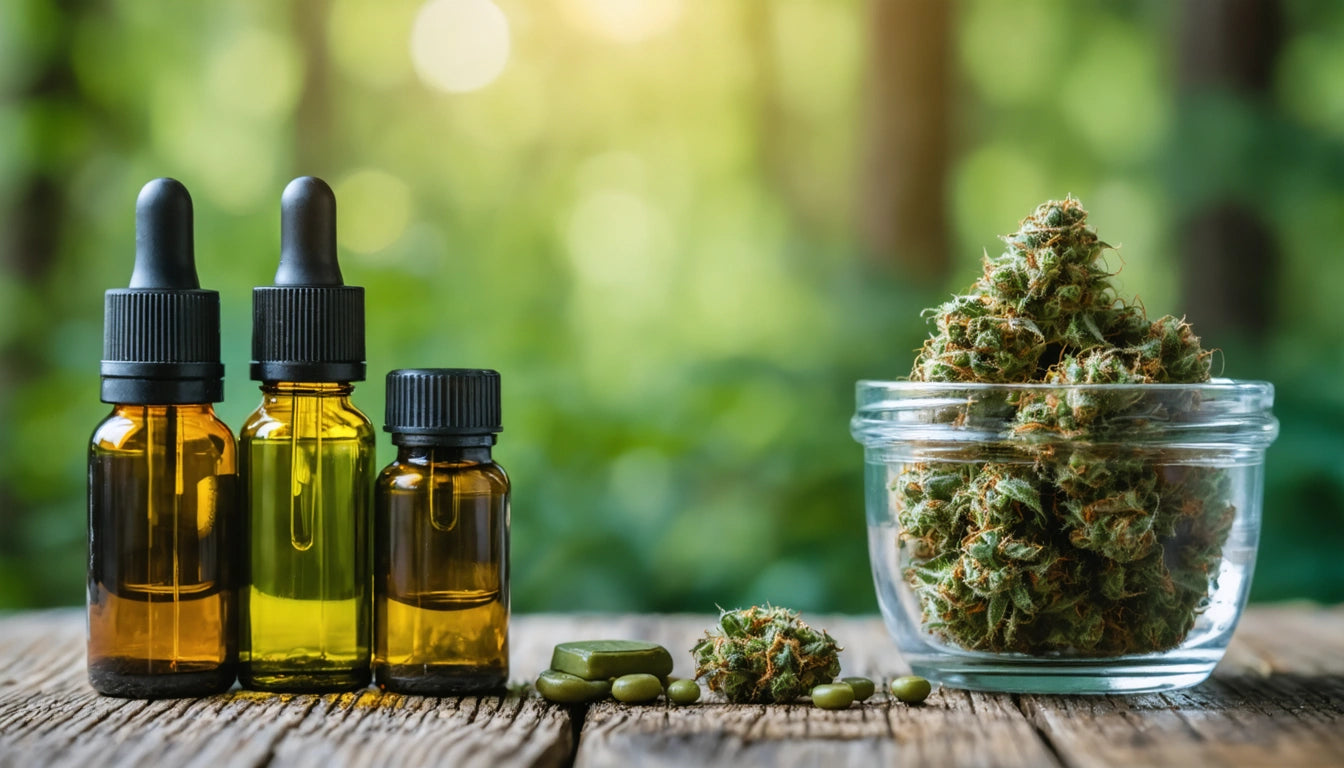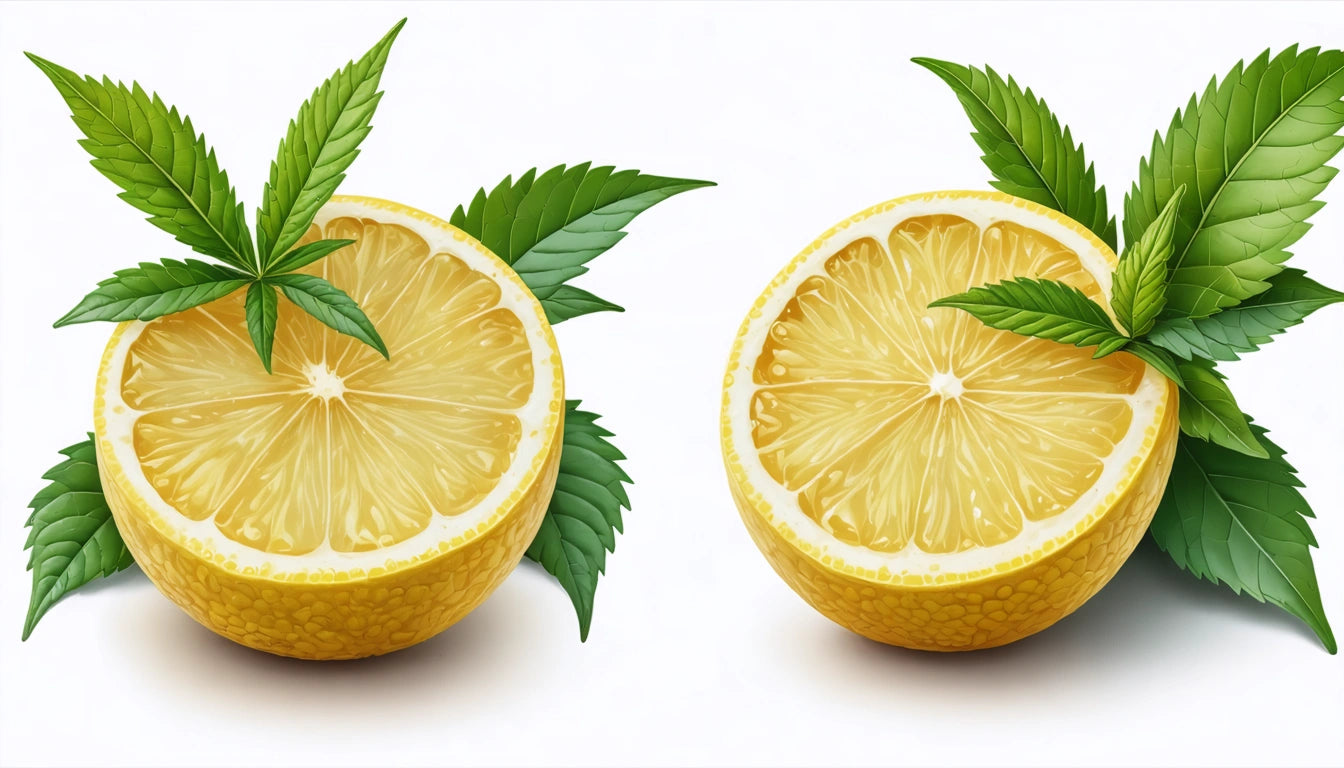Table of Contents
- What is TAC? Total Active Cannabinoids Explained
- THC Explained: The Primary Psychoactive Compound
- CBD Profile: Non-Intoxicating Therapeutic Benefits
- TAC vs THC: Understanding the Crucial Differences
- Reading Cannabis Labels: Finding TAC, THC, and CBD Information
- Future Implications: How TAC, THC, and CBD Shape Cannabis Consumption
Understanding the Differences Between TAC, THC, and CBD
Cannabis products feature various abbreviations and percentages on their labels, with TAC, THC, and CBD being among the most common. Understanding these terms helps consumers make informed decisions about their cannabis experience. Each represents different aspects of the plant's chemical composition and effects profile.
What is TAC? Total Active Cannabinoids Explained
TAC stands for Total Active Cannabinoids, representing the sum of all cannabinoids present in a cannabis product. Unlike individual measurements, TAC provides a comprehensive view of the product's overall cannabinoid content.
When examining a product label showing 25% TAC, this means 25% of the product's weight consists of various cannabinoids combined. This measurement includes THC, CBD, CBG, CBN, and numerous other compounds that contribute to the entourage effect.
According to cannabis industry experts, TAC offers a more complete picture of potency than looking at THC alone. It helps consumers understand the full spectrum of compounds they're consuming.
THC Explained: The Primary Psychoactive Compound
Different Forms of THC
THC (Tetrahydrocannabinol) is the primary psychoactive compound in cannabis responsible for the characteristic "high." It exists in several forms:
- Delta-9 THC: The most abundant and well-known form
- THCA: The acidic precursor that converts to THC when heated
- Delta-8 THC: A less potent variant with milder effects
- THC-P: A recently discovered, potentially more potent variant
The relationship between THCA and THC is particularly important for consumers to understand. As explained in this comprehensive guide, THCA converts to THC through decarboxylation when cannabis is heated, activating its psychoactive properties.
THC Effects and Potency
THC interacts with the body's endocannabinoid system, primarily binding to CB1 receptors in the brain. This interaction produces effects including euphoria, altered perception, relaxation, and in some cases, anxiety or paranoia.
When considering THC potency, it's worth noting that proper storage plays a crucial role in maintaining cannabinoid integrity. Using humidity control solutions for cannabis storage helps preserve THC levels and prevents degradation that can affect both potency and flavor profile over time.
CBD Profile: Non-Intoxicating Therapeutic Benefits
CBD (Cannabidiol) is non-intoxicating, meaning it doesn't produce the high associated with THC. It's prized for potential therapeutic applications including:
- Anxiety and stress reduction
- Anti-inflammatory properties
- Seizure management (FDA-approved for certain forms of epilepsy)
- Pain relief potential
CBD works differently than THC, interacting with multiple receptor systems rather than primarily binding to CB1 receptors. This explains why CBD doesn't produce intoxication while still offering potential therapeutic effects.
TAC vs THC: Understanding the Crucial Differences
The distinction between TAC and THC is fundamental for cannabis consumers. While THC represents a single cannabinoid (albeit an important one), TAC encompasses all cannabinoids, including THC. This means TAC will always be equal to or greater than the THC percentage.
For example, a product might list:
- TAC: 28%
- THC: 22%
- CBD: 1%
- Other cannabinoids: 5%
In this case, THC makes up the majority of the cannabinoid content, but the TAC provides a more complete picture of what you're consuming. Understanding what is TAC vs THC helps consumers make more informed choices based on desired effects.
As research on cannabinoid potency continues to evolve, the relationship between overall cannabinoid content (TAC) and specific compounds becomes increasingly important for predicting effects.
Reading Cannabis Labels: Finding TAC, THC, and CBD Information
Cannabis product labels typically display cannabinoid content in percentages or milligrams. Here's what to look for:
- Flower products usually list percentages (e.g., 18% THC, 24% TAC)
- Edibles and concentrates often list milligrams per serving or container
- Look for both THCA and THC values to understand potential potency after heating
- CBD:THC ratio helps predict the balance of effects
When examining THCA vs THC on labels, remember that THCA converts to THC when heated. Some products list potential THC, which estimates the THC content after this conversion occurs.
Future Implications: How TAC, THC, and CBD Shape Cannabis Consumption
As cannabis research advances, the industry is moving beyond simplistic THC percentages toward a more nuanced understanding of cannabinoid profiles. This shift recognizes that the THC vs TAC vs CBD relationship influences the overall experience more than any single compound.
Consumers are increasingly seeking specific cannabinoid profiles for targeted effects rather than simply chasing high THC percentages. This trend reflects growing sophistication in the market and recognition of the entourage effect, where cannabinoids work synergistically.
Understanding these distinctions helps consumers make more informed choices based on desired outcomes rather than simply pursuing the highest THC percentage. Whether seeking therapeutic benefits or recreational effects, knowing the difference between TAC, THC, and CBD provides a foundation for more satisfying cannabis experiences.











Leave a comment
All comments are moderated before being published.
This site is protected by hCaptcha and the hCaptcha Privacy Policy and Terms of Service apply.